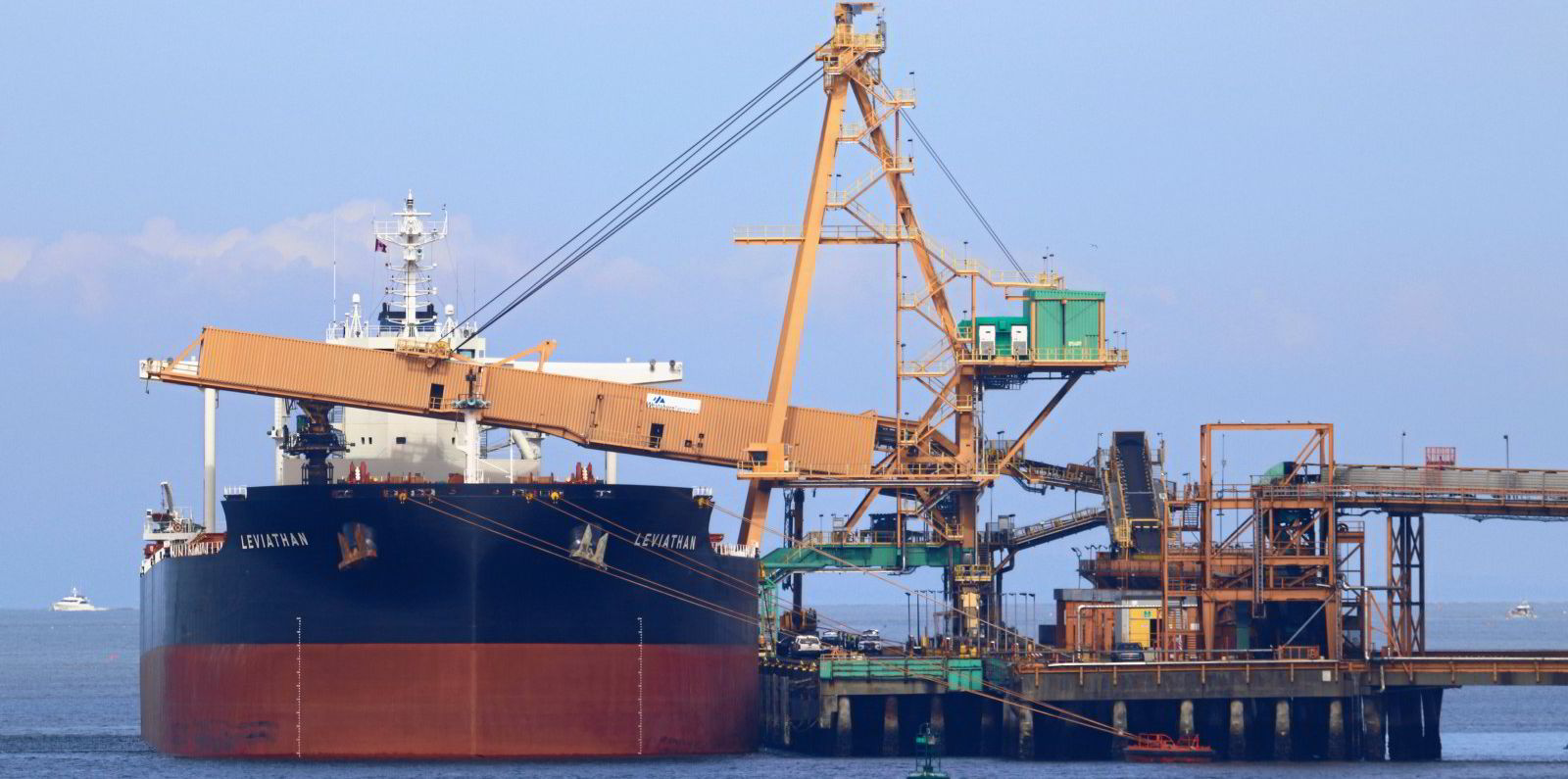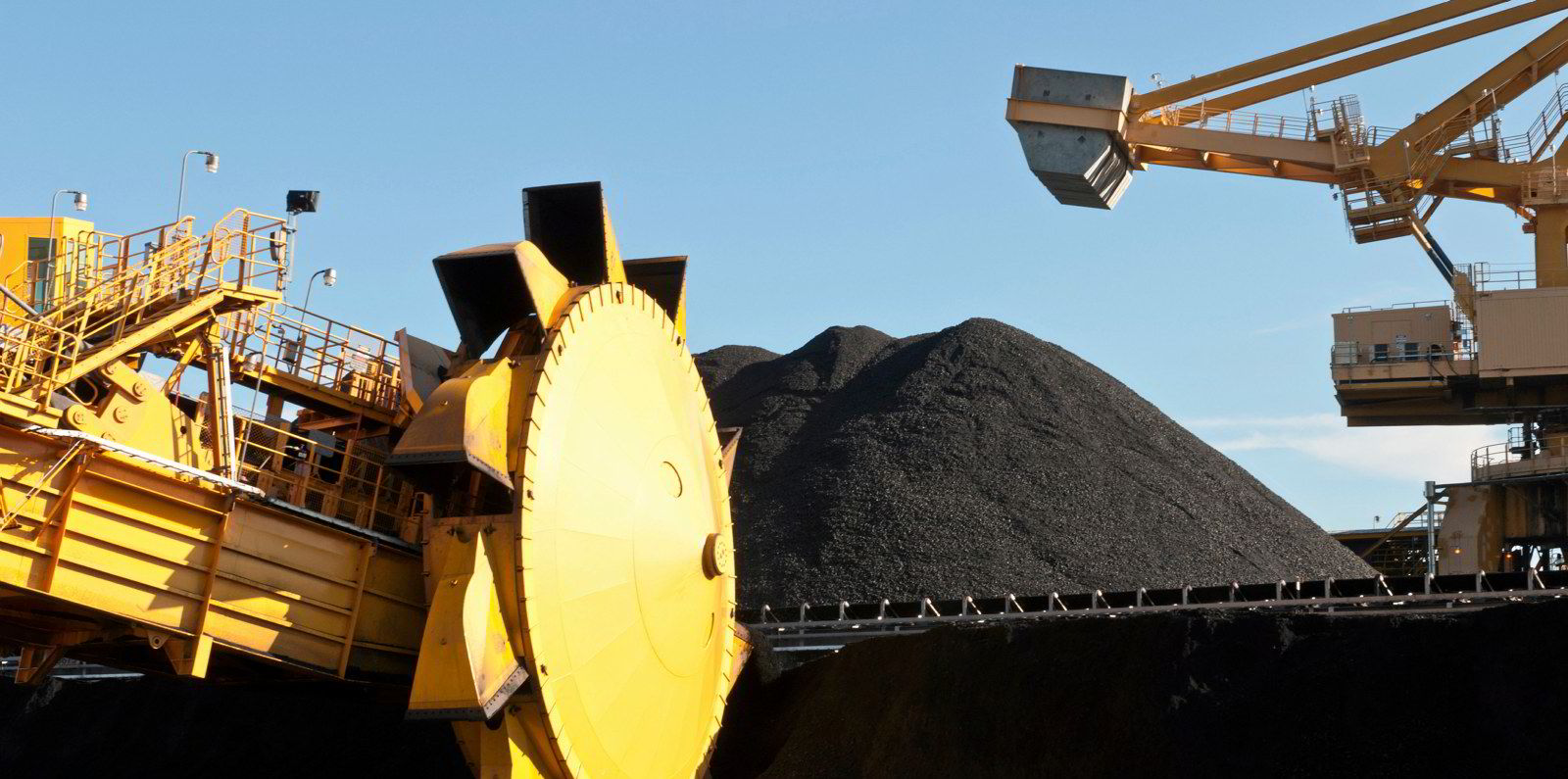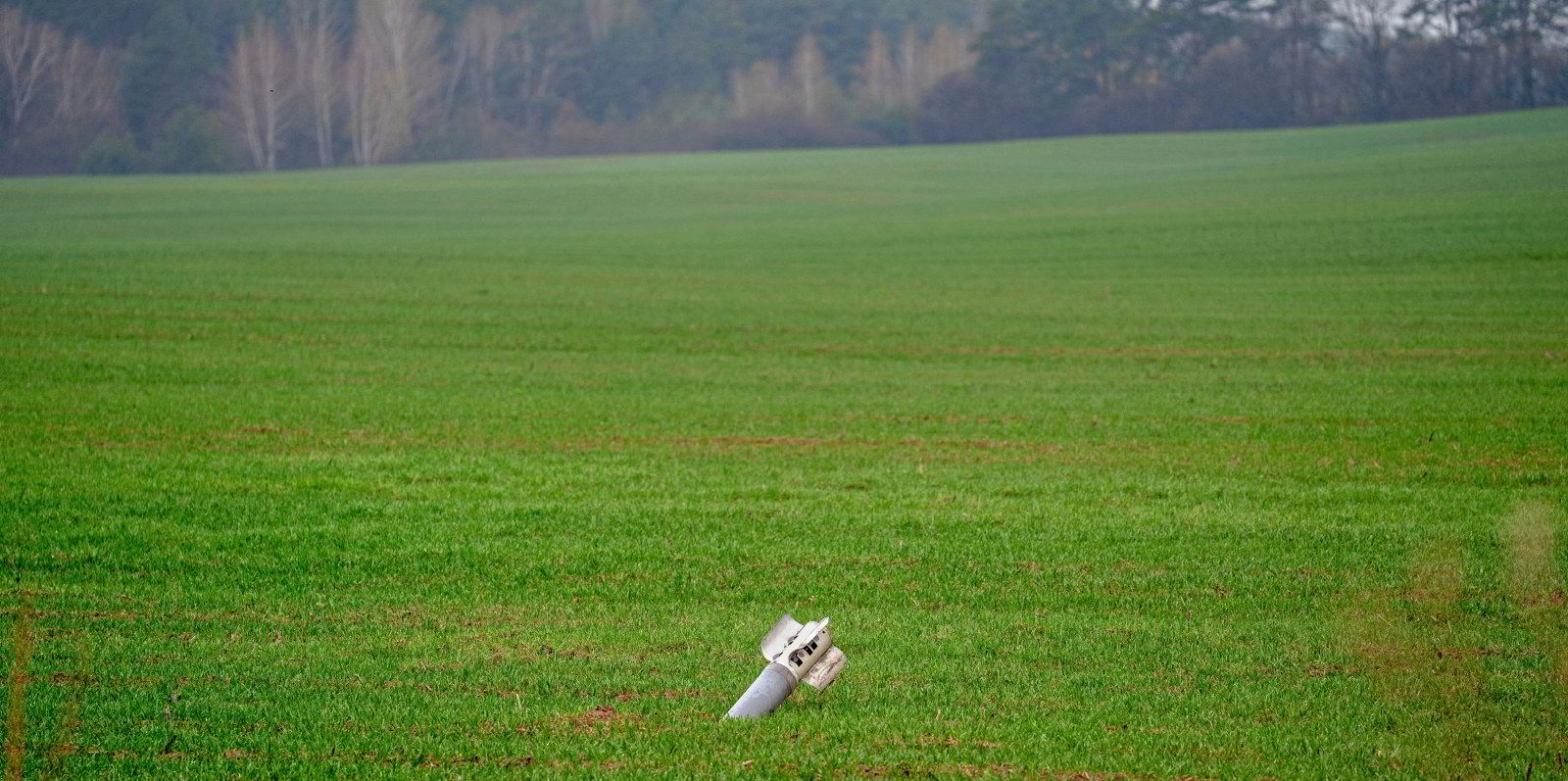Dislocated trade flows and changing supply-demand dynamics are expected to support dry cargo markets in the second half of this year as the world scrambles to meet its energy and food needs, according to market experts.
The war in Ukraine is expected to wipe a huge amount of grain from the market this harvest season because Ukraine cannot export it and many countries have imposed trade sanctions against Russia.
“No doubt the Russia-Ukraine war is adding further fuel to an already unstable and volatile shipping environment,” said Sevi Katemoglou, founder of Athens shipbroker EastGate Shipping.
The Baltic Dry Index (BDI), which measures the strength of the overall dry bulk sector, has risen since Russia invaded Ukraine on 24 February.
The BDI has had a few ups and downs during this time, but it has improved 57% since 12 April to 3,189 points on Wednesday.
The forward curve for capesizes and panamaxes, which carry grain and coal, indicates expectations for strong freight rates during the third quarter and an overall firm second half of 2022.
Paper for the second half has settled higher each trading day this week for both vessel segments.
Capesize forward freight agreements for the third quarter on Wednesday settled at $38,851 per day. Fourth-quarter contracts closed at $32,657 per day.
Third-quarter contracts for panamaxes closed at $31,047 per day on Wednesday, while paper for the final quarter settled at $26,879 per day.
The European Union sources almost two-thirds of its grain from Ukraine, which supplies 7% of the world’s wheat.
This shutdown of Ukraine’s grain exports is exacerbating a global shortage that has prompted countries — notably India — to stop exporting grain, to ensure they have enough to feed their own people.
“While last month we saw India trying to capitalise on the grain supply shortfall by ramping up its wheat exports, a few days ago the Indian government announced an effective ban on wheat exports in order to secure its domestic needs and somewhat tame the commodity’s price, which hit all-time highs,” Katemoglou said.
“Albeit we don’t expect this to have a material effect on the freight market, since quantities remain minimal, it is, however, telling of the prevailing uncertainty regarding grain supplies globally.”
The EU has proposed helping Ukraine export its wheat and other grains by rail, road and river to get around a Russian blockade of Black Sea ports, the Associated Press has reported.
Europe also gets about 70% of its thermal coal — roughly 44m tonnes per year — from Russia.
But the EU will ban Russian coal come August, forcing it to import from more distant exporters such as the US, Brazil and Indonesia.
And China and India, which account for more than one-third of the world’s population, have upped their unmatched demands for seaborne coal as both countries face severe energy crises.
“China has applied a zero-import tax policy on coal since the start of the month, and with the Chinese ban on Australian coal still in force, Russia is expected to become China’s second-largest coal trading partner,” Katemoglou said.
“The same goes for India, which is looking to increase its coal imports to tackle the current limited electricity capacity of its domestic utilities.”

Rates for dry bulk shipping will always have the potential to move higher as long as the war, Covid lockdowns and energy shortages continue to dislocate trade, said John Kartsonas, founder of dry bulk exchange-traded fund platform Breakwave Advisors.
“Coal and grains are vital commodities that don’t necessarily rely on profitability when it comes to trade,” he told TradeWinds.
“After all, people need energy and food to survive. I think if the current situation drags on into the second half of the year, the potential for even higher rates is there.”
An end to the war might boost Russian coal and gas exports and thus lower rates relatively quickly, but it may not have the same impact on grain demand, Kartsonas said.
“For grains, I think the situation can normalise only longer-term, as the war has taken a heavy toll on Ukraine infrastructure, something that takes years to bring back to some type of normality,” he added.






